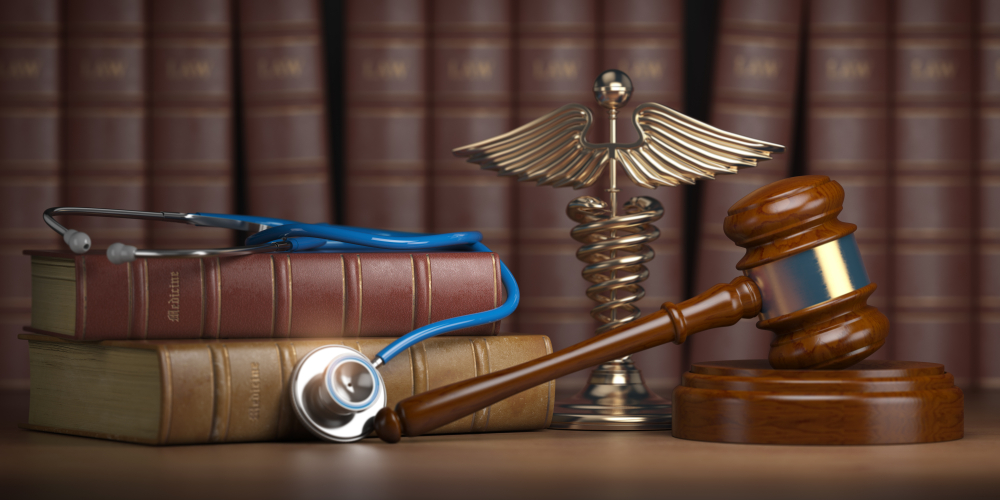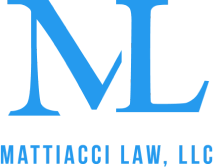What Happens During a Personal Injury Settlement Hearing in Pennsylvania?

Trials cost participants time, energy, and expense. Even when the facts seem relatively straightforward, juries are unpredictable in some personal injury settlement cases. They may surprise the lawyers on both sides with an unexpected verdict for or against the plaintiff.
In addition, juries have enormous leeway in awarding general damages. General damages are the non-economic costs of an accident to a personal injury plaintiff, encompassing pain and suffering, emotional distress, loss of enjoyment of life, and other non-pecuniary impacts. The award could be surprisingly low or high, depending on how the jury responds to the plaintiff’s case.
For these reasons, both sides are incentivized to settle a case before it reaches a jury. The parties may settle the case out of court soon after the lawsuit’s filing. They may also continue to negotiate through the discovery process, where each side gathers additional evidence and learns more about the strength of the other side’s evidence. Often, cases settle before or after depositions.
However, the parties may remain at odds after the discovery’s completion. At this point, the judge may order a settlement conference. During this process, the judge listens to each side’s case and attempts to broker a settlement, thus saving the court precious time. The parties are under no obligation to accept the judge’s proposals and can insist on a jury hearing the case.
Although a judge oversees the conference, it is relatively short and less formal than a trial. The judge may hold it in chambers or a conference room. If either or both parties have an attorney, the attorneys also attend the conference. If a company is involved, it needs to send someone with authority to settle on the company’s behalf.
How a Personal Injury Settlement Conference Works in Pennsylvania
The judge runs the settlement conference as he or she deems appropriate. Generally, they start with the attorneys for each side presenting a case summary and background information. Then, the judge may ask clarifying questions to distill the heart of the matter.
Each side argues why they believe the defendant acted negligently or not. The attorneys for each litigant may have very different ideas about the facts of the case.
For instance, the plaintiff’s team could contend that their client suffered an injury because the defendant hit the plaintiff with his car in a crosswalk. On the other hand, the defense may argue that the defendant was jaywalking, and the plaintiff’s actions made it impossible for a reasonably cautious driver to avoid the accident.
In a trial, the court would task the jury with deciding which version of events to believe. In civil cases, judges instruct jurors to make their determination based on a preponderance of the evidence. A preponderance of the evidence means more likely than not. In this example, a jury decides whether it is more likely than not that the defendant hit the plaintiff in the crosswalk.
The jury would likely consider several pieces of conflicting evidence, with the plaintiff and the defendant telling vastly different stories. Jurors must consider the credibility of each witness in deciding who to believe. They can consider many factors in assessing credibility, including the logic of the testimony, the witness’s bearing, potential bias, and whether the witness appears truthful.
Cross-examinations may sway jurors. For instance, if the plaintiff’s lawyer illuminates contradictions in the defendant’s account, jurors may doubt his version and find for the plaintiff.
The jury also considers other evidence and whether it supports or contradicts the plaintiff’s and defendant's contentions. For instance, if a first responder testifies that, upon arriving at the scene, he observed the plaintiff lying injured in the crosswalk, the jury is likelier to believe the plaintiff.
Even when evidence is strong, no one can be certain what will happen at trial. As a result, both sides have an inducement to settle. Therefore, the judge attempts to resolve disputed issues to reach an agreement.
Even if the parties agree on what happened, they may have very different ideas about damages. When this is the case, the judge may be able to mediate a settlement.
For instance, both parties may stipulate that the defendant hit the plaintiff with his car in a crosswalk. Since the defendant must yield to pedestrians in crosswalks, there is little room to dispute fault.
However, the plaintiff may argue that he suffered $100,000 in economic damages and should receive $500,000 in general damages because of prolonged pain and suffering. The defense may counter that the plaintiff only sustained $75,000 in monetary damages, and the pain and suffering experienced by the defendant are worth $100,000.
In this scenario, the parties start the settlement conference far apart on damages. The judge will seek to understand each side’s position and convince the parties to agree on a settlement they can both live with that avoids the arduous and expensive trial process.
Some personal injury cases settle after multiple settlement conferences. For instance, an initial settlement conference may fail with both sides contending a different set of facts. Later, additional evidence may appear that supports one side of the case. As a result, the other side may be willing to amend the terms.
A Personal Injury Settlement Conference May Be Unnecessary in Pennsylvania
In some cases, a settlement conference never becomes necessary. Instead, the parties settle out of court relatively early in the process. Early settlements are more likely when the facts of the case are straightforward. When a plaintiff’s claim is strong, insurance companies know that going to trial usually only deepens their financial hole. They typically offer terms that the plaintiff can accept.
However, when the facts are in dispute, a settlement conference may be needed; if it fails, then the case must go to trial.
Large value cases are also less likely to settle early. Even if the defendant’s liability is obvious, the insurance company may balk at the plaintiff's financial demands. When large amounts of money are at stake, insurers are willing to spend more on litigation. A settlement conference often convinces them to settle before facing a jury.
Settling a case before a settlement conference involves the lawyers negotiating in a sort of dance. The plaintiff's legal team has investigated the claim and come to a conclusion as to how much the claim is worth. On the other hand, the insurance adjuster has also investigated the claim and come to a liability and value determination. The plaintiff generally has a target number, as does the insurance adjuster.
Once negotiations start, each side typically tests the other, probing for the likely lowest or the highest amount the case can settle for at this stage. The process usually entails letters and phone calls, and negotiations may break off at any point if one or both sides feel they are making insufficient progress.
A prototypical personal injury settlement negotiation starts with the plaintiff’s demand letter. This letter proposes a high amount. The insurance adjuster then looks for flaws in the plaintiff’s claim. He or she then responds with any disputes about liability or damages.
The plaintiff's legal team usually overcomes these initial arguments. At that point, the adjuster makes a usually low counteroffer. This offer is often a gambit to see if the plaintiff is in a hurry and willing to accept a small settlement. The plaintiff then counters with a slightly lower number, and the insurance adjuster increases the company's offer. The plaintiff then accepts or makes a counter-demand.
Negotiations may break down depending on the facts of the case and the money involved. However, the litigation process will continue through discovery, and at some point, the judge will order a settlement conference.
Settlement conferences serve an essential function in personal injury litigation. Judges order settlement conferences to resolve disputed facts and damages. They can often establish a middle ground and affect a settlement. However, some cases must go to trial. When the defendant is liable and refuses to pay just compensation, the plaintiff's lawyers must refuse inadequate settlement offers to win justice for their clients–juries see through insurance company tricks and award large settlements to severely impacted accident victims.
Rely On a Solid Personal Injury Settlement Attorney in Pennsylvania
If you have suffered a serious injury, you need a formidable litigation team. Contact Mattiacci Law for a free, confidential case evaluation.
Related Content: How to File a Personal Injury Lawsuit in Philadelphia
